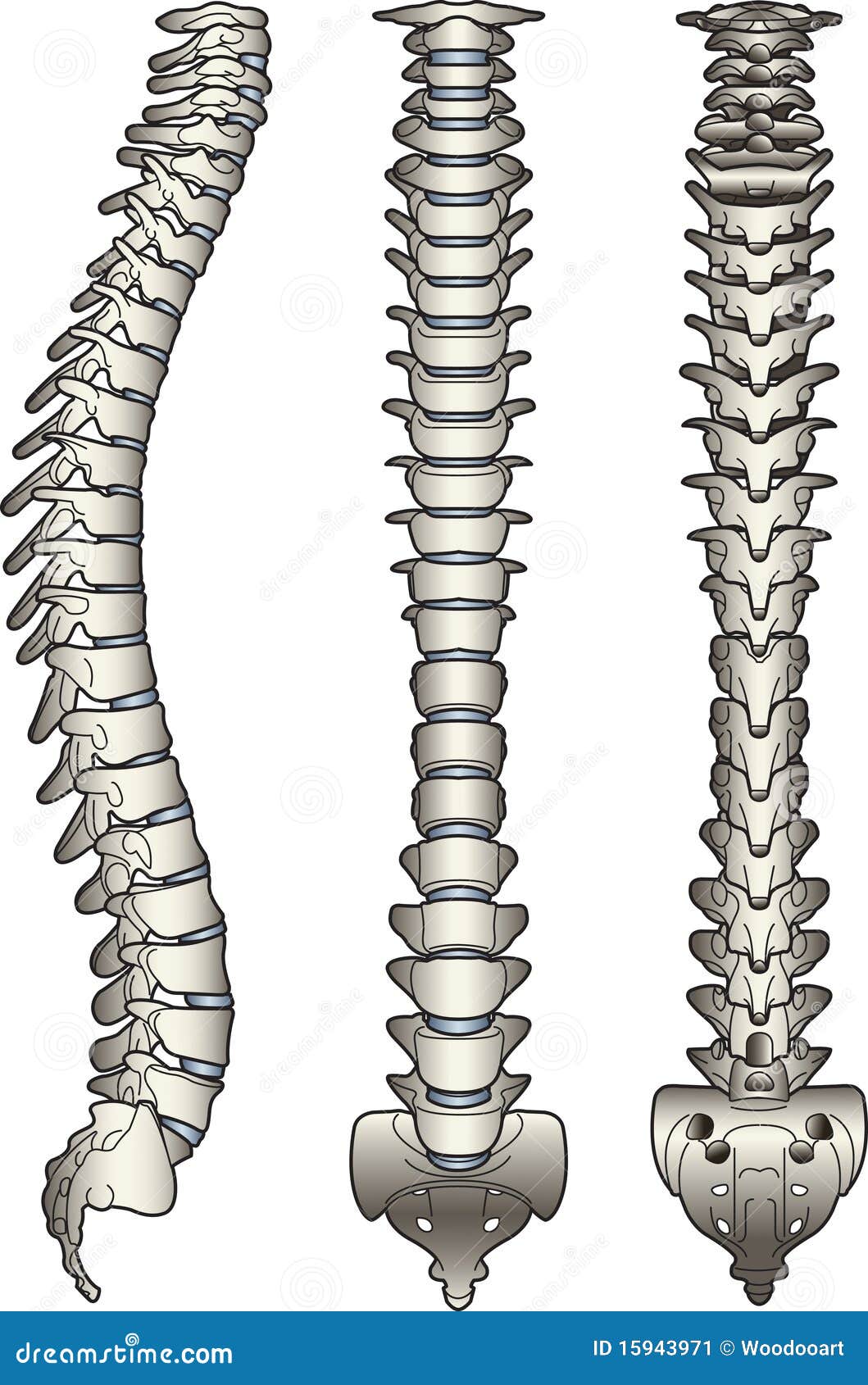Spine spinal human anatomy lumbar vertebral malglories gcse
Table of Contents
Table of Contents
If you’re interested in learning how to draw a human spine, you’ve come to the right place. Whether you’re an artist, medical student, or simply curious, drawing the human spine can seem like a daunting task. But it doesn’t have to be! In this article, we’ll explore tips and techniques for drawing the human spine and related anatomy.
Pain Points in Drawing the Human Spine
Drawing the human spine can be difficult because it is a complex structure with many different parts. The spine is made up of 33 vertebrae, sacrum, and coccyx, along with ligaments, muscles, and nerves. Trying to capture all of these elements can be overwhelming, and it can be hard to know where to start.
How to Draw a Human Spine
Before you start drawing, it’s important to have a clear understanding of the basic structure of the human spine. The spine is divided into five regions: cervical, thoracic, lumbar, sacral, and coccygeal. Each region has its own unique characteristics and functions.
When drawing the spine, it’s important to pay attention to the curvature of the spine. The spine has a natural S-shape, with curves in the cervical and lumbar regions and a curve in the opposite direction in the thoracic region. These curves are important for maintaining balance and stability and should be incorporated into your drawing.
You should also pay attention to the individual vertebrae and their shapes. The cervical vertebrae are smaller and more delicate, while the lumbar vertebrae are larger and more robust. Knowing the differences between the different vertebrae will help you create a more accurate and realistic drawing of the spine.
Summary of Tips for Drawing the Human Spine
- Understand the basic structure of the spine
- Pay attention to the curvature of the spine
- Study the individual vertebrae
Drawing Exercises for the Human Spine
One useful exercise for drawing the human spine is to start with a basic line drawing of the spine and then gradually add more detail. Start by drawing a straight line for the spine and then adding the curves for the cervical, thoracic, and lumbar regions. Next, add the individual vertebrae, paying close attention to their shapes and placement.
Another helpful exercise is to study the different types of spines and their variations. Some people have more pronounced curves in their spines, while others have a straighter spine. By studying these variations, you can develop a better understanding of how the spine works and how to draw it accurately.
Anatomy of the Human Spine
The human spine is made up of 33 vertebrae, sacrum, and coccyx. The vertebrae are divided into five regions: cervical, thoracic, lumbar, sacral, and coccygeal. The cervical spine is made up of seven vertebrae and supports the weight of the head. The thoracic spine consists of 12 vertebrae and provides support for the ribcage. The lumbar spine is made up of five vertebrae and provides support for the lower back. The sacral and coccygeal regions are made up of fused vertebrae and form the base of the spine.
Drawing Techniques for the Human Spine
When drawing the human spine, it’s important to pay attention to the proportions of the different regions. The cervical and lumbar regions should have a pronounced curve, while the thoracic region should curve in the opposite direction. The vertebrae in the cervical region are small and delicate, while those in the lumbar region are larger and more robust.
You should also pay attention to the muscles and ligaments surrounding the spine. These structures are important for supporting and stabilizing the spine and should be incorporated into your drawing.
Question and Answer
Q: What materials do I need to draw the human spine?
A: All you need is a pencil and paper. If you want to add color, you can use colored pencils, markers, or paint.
Q: Can I use a reference image for drawing the human spine?
A: Absolutely! Using a reference image can be very helpful for understanding the structure and proportions of the spine. Just be sure to credit the source of your reference image.
Q: Do I need to be an artist to draw the human spine?
A: No, you don’t need to be an artist to draw the human spine. Anyone can learn to draw with practice and patience.
Q: How long does it take to learn how to draw the human spine?
A: The amount of time it takes to learn how to draw the human spine varies from person to person. With practice and dedication, you can develop your skills and create accurate and realistic drawings of the spine.
Conclusion of How to Draw a Human Spine
Drawing the human spine may seem intimidating, but with the right techniques and practice, anyone can learn to draw this complex structure. By paying attention to the curvature of the spine, the individual vertebrae, and the surrounding muscles and ligaments, you can create a realistic and accurate drawing of the spine. With patience and dedication, you can develop your skills and create stunning drawings of the human anatomy.
Gallery
Pin By Marianna Salomão On Gabi.fisio In 2020 | Spine Drawing, Anatomy

Photo Credit by: bing.com /
Pin By Kyra Jorgensen On Mural | Spine Drawing, Human Spine, Art Basics

Photo Credit by: bing.com / spine spinal human anatomy lumbar vertebral malglories gcse
Pin On Anatomy

Photo Credit by: bing.com / spine human drawing tattoo spinal anatomy body illustration skeleton vertebrae paulrommer vector touch health clipart diagram vertebral graphicriver cord depositphotos
Human Spine Illustration Isolated Stock Illustration - Image: 15943971

Photo Credit by: bing.com /
Draw The Diagram Of Backbone - Human Back Human Body Anatomy

Photo Credit by: bing.com / espinal medula backbone marysrosaries 1887 emaze





